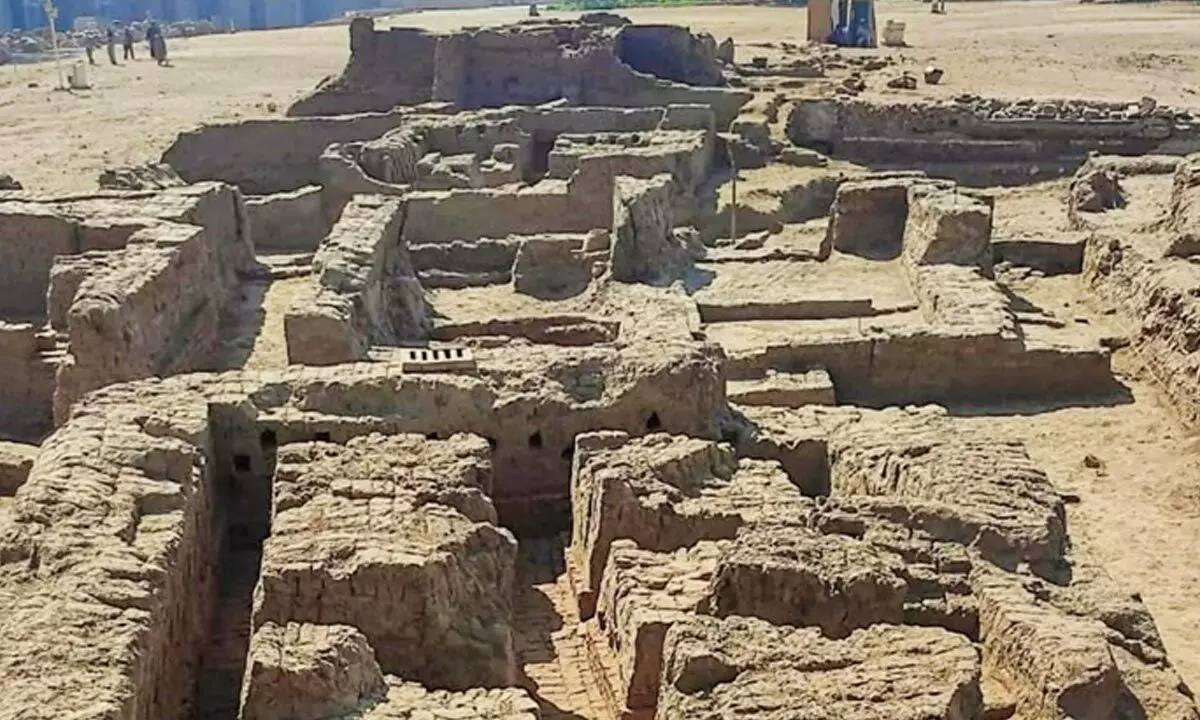Live
- I was thinking how happy my mom would be, says Harleen on maiden ODI ton
- Fisherfolk seek withdrawal of Marina beach project, to meet Chennai corporation commissioner
- Indian telecom industry’s revenue doubled in 5 years, Bharti Airtel biggest gainer
- Complete retaining wall works on war footing: Ministers
- Singham Again Now Streaming on This Platform: Check Details Here
- ACB records statement of complainant in Formula-E race case
- Chandrababu pays tribute to Atal Bihari Vajpayee on 100th anniversary
- Political equations in TN likely to shift after PMK's offer to DMK
- Bellary dist records 23 maternal deaths in 8 months
- Christmas in the air: Rome of the East at its festive best









